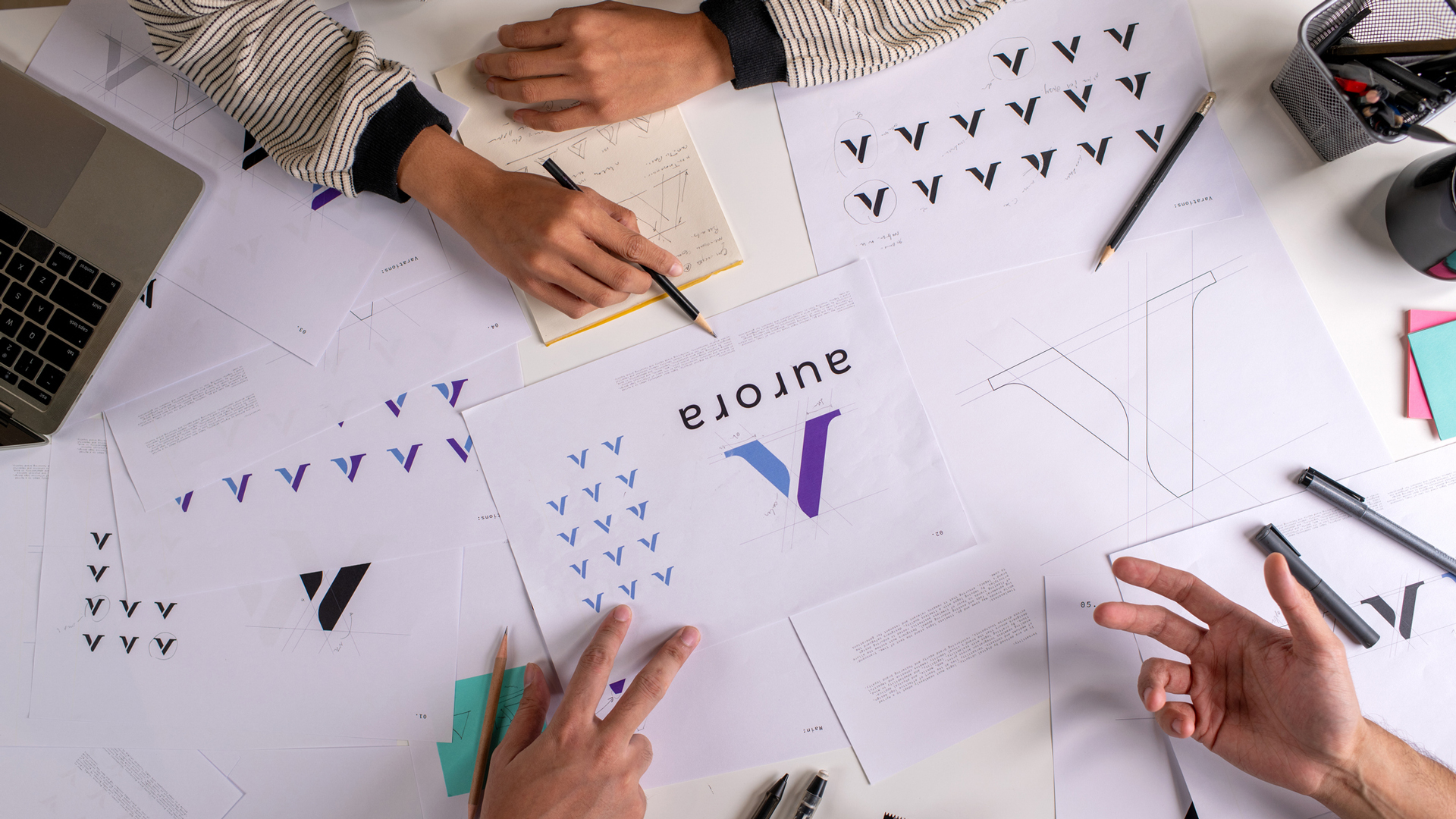MTV's Richard Turley talks magazine craft
Having put the buzz back into business magazines, Richard Turley is now taking on MTV. We chat to the editorial innovator in a set of exclusive video interviews.
Four years after masterminding a radical redesign that transformed Wall Street weekly Bloomberg Businessweek into one of America's most talked about magazines, British-born Richard Turley has taken the industry by surprise by leaving his creative director position for a new job at MTV. What better time, then, to stop and reflect on 200-odd issues of magazine design innovation with one of the world's most exciting editorial designers...
In 2010 you were hired to help relaunch Bloomberg Businessweek. How much of the new design evolved from the principles you learned at the Guardian?
I learnt everything at the Guardian. I was with Mark Porter for two years, I learnt a lot and I stole from him really. It's all about where you can absorb things.
When I got the Businessweek job, it was a very short redesign and it felt like I repeated a lot of the things I'd learnt – specifically about typography, modular grids and how you can construct a magazine or a newspaper. The last four years I've spent my time unlearning these things, in a funny sense. It's taken me a little while just to find myself again.
The redesigned magazine continually breaks grid convention – you've referred to this as a "form of narration". Was it a conscious decision to become less structured?
There's still quite a lot of structure. We still have this rigidity in the front half of the magazine to an extent, and at the back. But in the middle there's no formality at all and it's all quite bespoke. Helvetica binds everything together – it's a way of us flattening everything out and for that to be a common voice. So really what we've got is this very rigid structure but then lots of different voices within that structure that can give it vibrancy. That's the mythology, anyway.
To bring it to life, you built a multi-skilled team. How important are transferrable skills for creating exciting magazines?
Designers can tell what a good photograph is and a lot of designers can take good photographs. I don't think these skills are exclusive to certain skillsets and, by doing that, you create a different environment. You experiment more internally and that has a good long-term effect. It becomes a bit about empowerment and giving people a sense of identity within the magazine. I'm very interested in other people's voices. They give you a more diverse magazine.
Over the past four years Bloomberg Businessweek has made waves with its radical covers. How important is a strong cover concept compared to the execution?
I used to work on G2 [newspaper supplement] at the Guardian and doing a cover every single day was very good training. It made me not care that much about what's on the cover. I do care, but it isn't that I think it should always be smooth and well-executed. I think it should be quite rough and a simple idea. I'm more interested in something that takes seconds. A lot of covers I've done very quickly, and I try to keep them quick. If you have an idea let's just do it and stop. Don't overthink it.
How does the idea of 'noble failure' fit into all this?
Noble failure is experimenting a lot and not worrying too much about the consequences – not getting too het up if it doesn't make it. We do this magazine every week, so we have to constantly come up with ideas and you fuck up a lot, you don't necessarily get it right the first time. Sometimes you don't get it right at all. It's about trying to find an interesting way through problems and that's about failure, just hitting walls.
Get the Creative Bloq Newsletter
Daily design news, reviews, how-tos and more, as picked by the editors.
There's also this idea of 'constant beta': what you're doing is mutable. It's a constantly evolving set of problems. People still enjoy magazines and the experience of being taken from one idea to the next. There's a lot of comparable media experiences that could benefit a little bit from that sort of thinking.
You've previously said: "All I want to do is make things." Is that drive still there – and how does it shape what you're doing now?
I like making things. It's a way of externalising things you have internally. Films and videos are interesting at the moment, magazines are interesting. That's why I got into this. It's a series of ideas that you can share with someone else. There are lots of different things you can share with people and I find that exciting.
Photography: Ysa Perez
This article originally appeared in Computer Arts issue 228.

Thank you for reading 5 articles this month* Join now for unlimited access
Enjoy your first month for just £1 / $1 / €1
*Read 5 free articles per month without a subscription

Join now for unlimited access
Try first month for just £1 / $1 / €1

The Creative Bloq team is made up of a group of design fans, and has changed and evolved since Creative Bloq began back in 2012. The current website team consists of eight full-time members of staff: Editor Georgia Coggan, Deputy Editor Rosie Hilder, Ecommerce Editor Beren Neale, Senior News Editor Daniel Piper, Editor, Digital Art and 3D Ian Dean, Tech Reviews Editor Erlingur Einarsson, Ecommerce Writer Beth Nicholls and Staff Writer Natalie Fear, as well as a roster of freelancers from around the world. The ImagineFX magazine team also pitch in, ensuring that content from leading digital art publication ImagineFX is represented on Creative Bloq.
